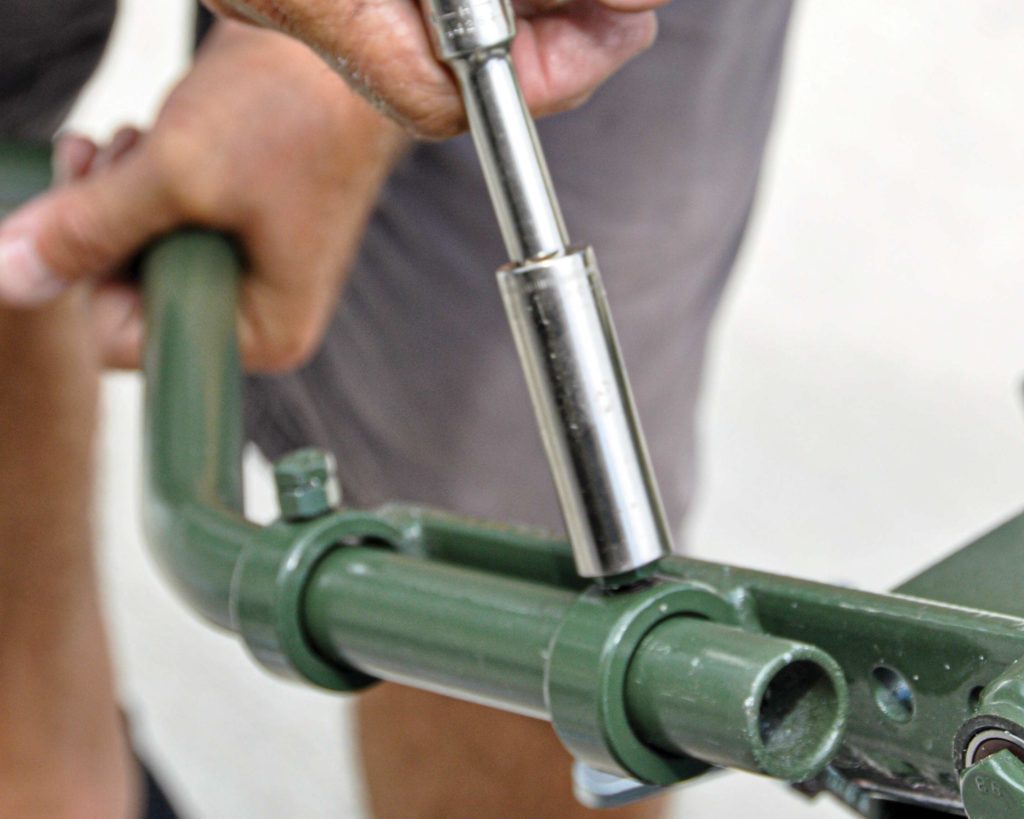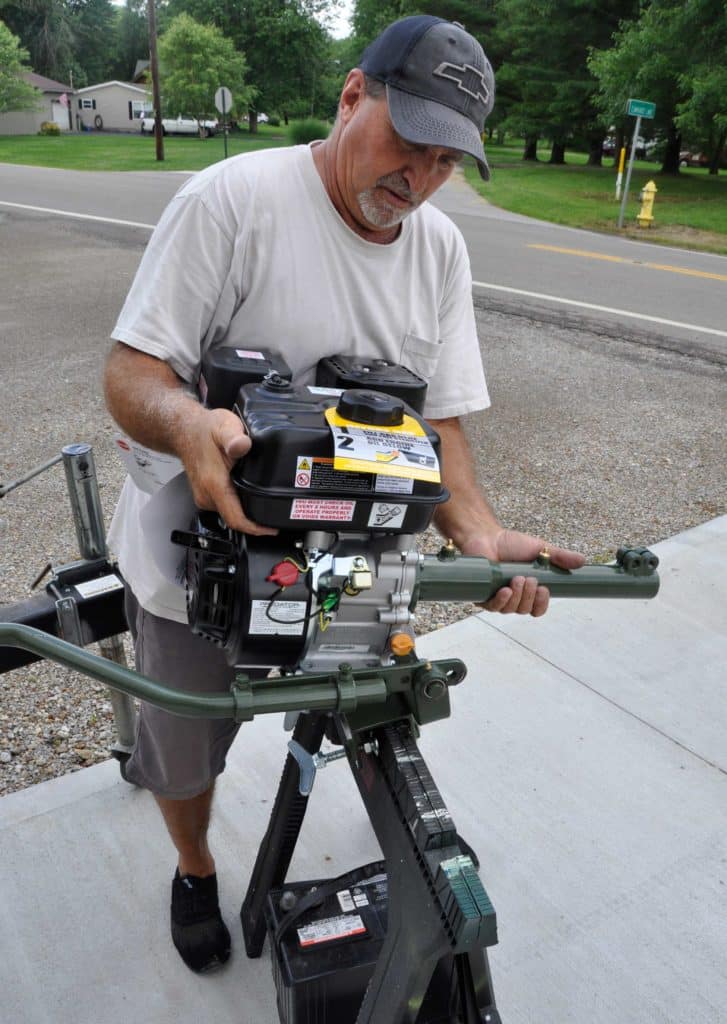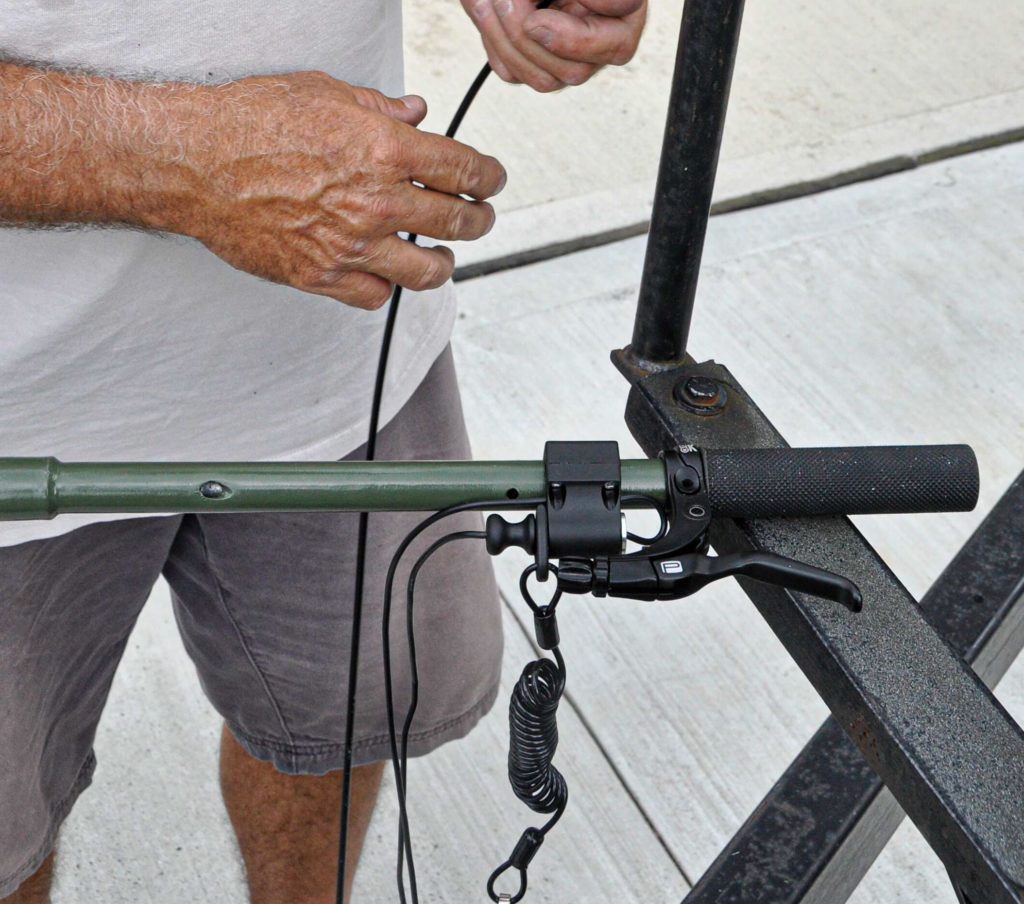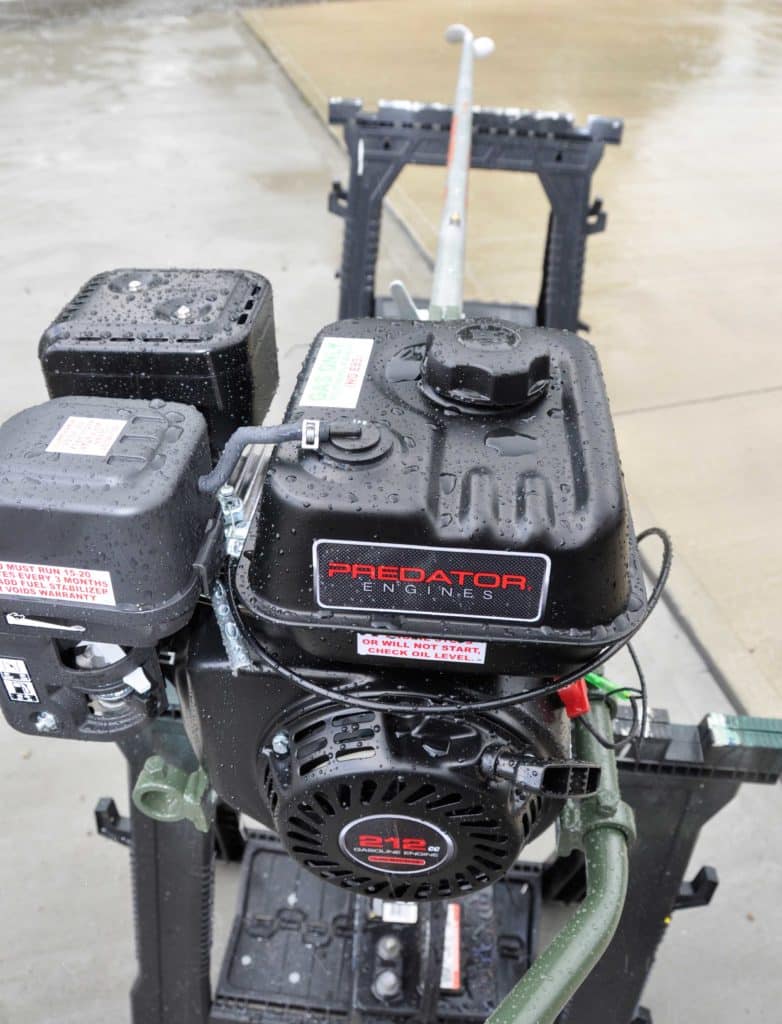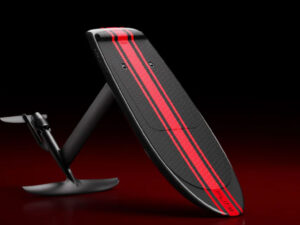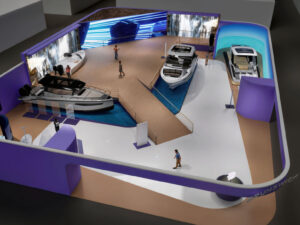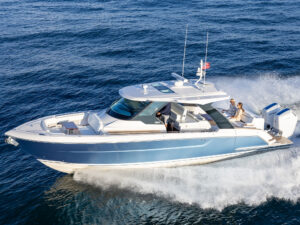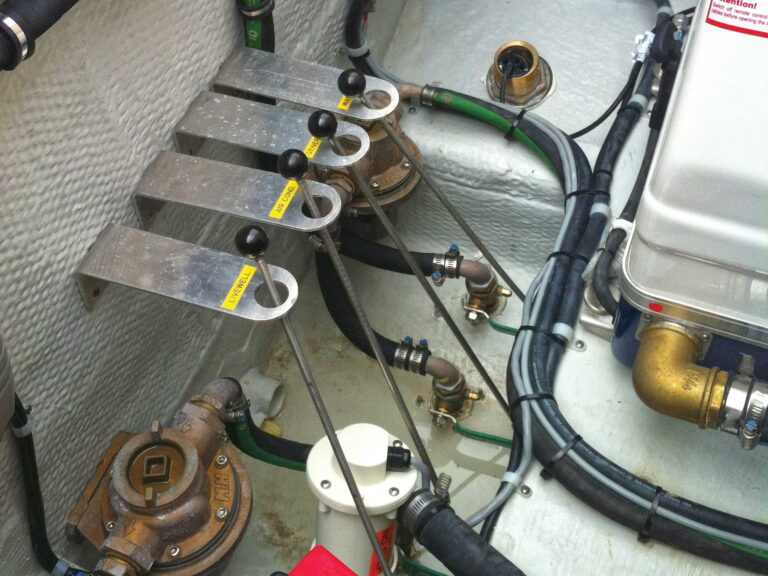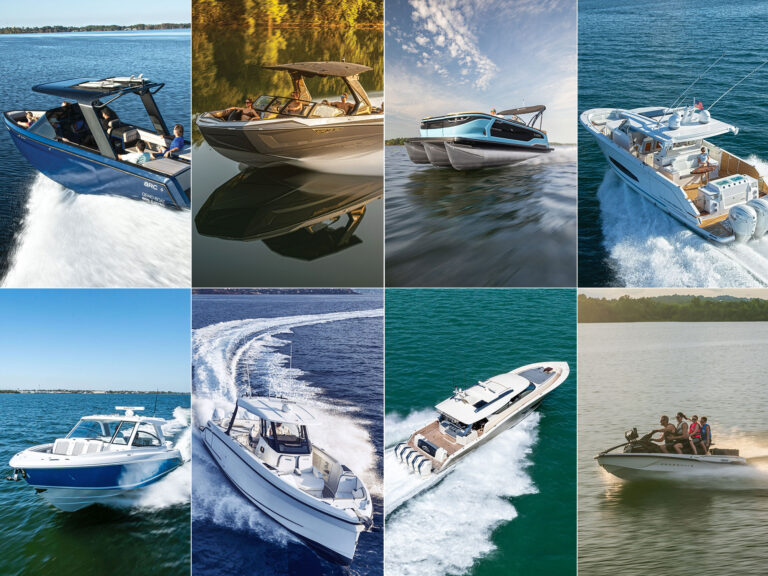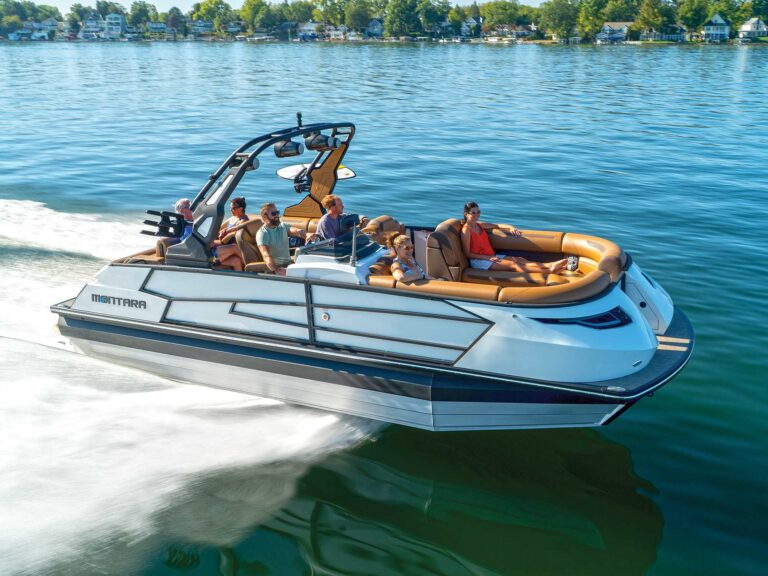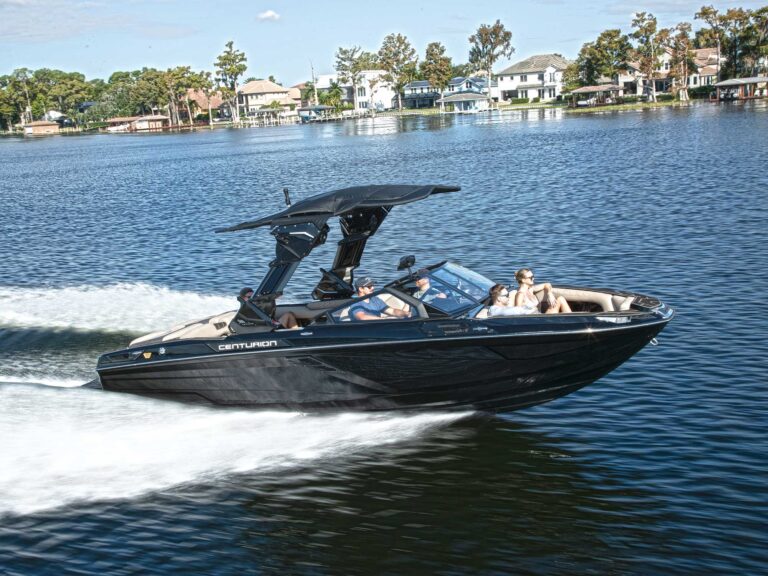
A scene from the 1974 James Bond film The Man with the Golden Gun depicts Bond racing through the canals of Bangkok, fleeing from bad guys in a sleek sampan powered by what looked like an F150 engine sprouting a long, straight shaft ending in an open, two-blade prop known as a Thai longtail. Bond ended the chase by cutting his pursuer’s boat in half with his own longtail buzz-saw propeller.
I was in college when that movie came out, and I’ve pined for such a motor ever since. When I stumbled across an ad for a DIY kit-built longtail, I talked to Steve Cadwell, manager of SPS North America, which manufactures the parts in Thailand and offers what some refer to as “mud motor” kits under the Swamp Runner name in the US and Canada.
“A fellow by the name of Songsak Sriprasertying of Bangkok is the original inventor of the coupler used in Thai longtails and first began manufacturing the kits 57 years ago,” Cadwell explains. “He was a machinist and recognized the need for a boat motor that rural farmers could afford to transport huge loads of rice down shallow rivers and canals to market. Sriprasertying developed an affordable kit that, when attached to a small, air-cooled engine, creates a shallow-running outboard.”

Lifelong boater Jon Dobbs became acquainted with SPS—run by Sriprasertying’s sons—two decades ago while traveling in Thailand. He founded SPS North America and began importing the kits for sale in the continent.
“As a poor hillbilly kid,” Dobbs reminisces, “I couldn’t afford a boat to hunt and fish out of, so I had to settle for whatever waterfowl I could take hunting from shore. Those memories motivated me to make boating possible for folks who couldn’t otherwise afford it.”
Dobbs moved to Florida in 1986 and went to work for the Florida Marine Patrol for the next quarter century. He holds a USCG 50-ton Master Captain’s license and has piloted everything from airboats to 1,200 hp offshore interceptors while in pursuit of poachers and smugglers. Managing a fleet of watercraft made him keenly aware of how expensive boating had actually become.
“Keeping a conventional outboard engine running in this day and age can be very expensive,” he says. “The cost simply makes boating too expensive for many folks.”

Besides cost, a big benefit—and why SPS engines earned the mud-motor moniker—is that you don’t even need water to run in, if you’re on a soft mud bottom, have enough engine torque to match your payload, and the prop can get a bite.
In Southeast Asia, where longtail racing is popular and an SPS kit holds the world mud-motor speed record of 93 mph, the units are coupled to everything from small-block V-8s to 480 hp Hino diesel-truck engines cranking out 4,700 foot-pounds of torque. In North America, where demand is for smaller motors, SPS offers kits for engines up to 40 hp. In fact, one of its most popular kits, the Mini, is designed for boats rated to accept 2 hp engines.
Cadwell says he’s seen the Minis on everything from one-person john- and poke boats to concrete-mixing tubs that hunters and anglers use to cross shallows, where no other engine can take them.
For my use, to power a well-used 15-foot Gheenoe I picked up on Craigslist, he recommended the Small Swamp Runner kit for engines 5.5 to 7 hp. Perusing the recommended engine list for that kit model, I noted a 6.5 hp Predator 212cc horizontal shaft offered by Harbor Freight, and waited until it went on sale for $99 to purchase the simple, single-cylinder, air-cooled four-stroke. At that point, with the $449 cost for the Small Swamp Runner kit, I had $550 invested in the project and couldn’t wait to get on the water with it. A 6 hp outboard costs about $1,500.
It didn’t take long. A buddy and I had the kit and motor coupled and the longtail hanging off the Gheenoe’s transom before lunch. I chopped through dense hydrilla mats, bumping over half-sunken logs and getting double takes from fellow boaters that afternoon. While it is louder than most outboards, its cost and utility are unmatched. I’ll use the super-shallow-running rig to access the upper reaches of Great Lakes tributaries to catch steelhead and shoot ducks in the fall, and for scooting through South Florida backwaters during winter.
Step-by-Step Instructions
Here are the major steps in the DIY Mud Motor project:



